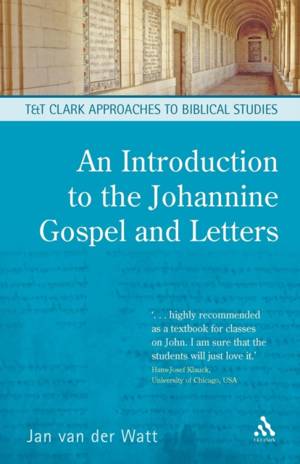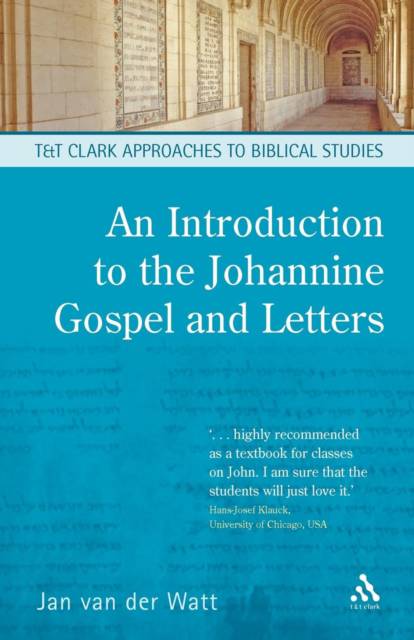
- Retrait gratuit dans votre magasin Club
- 7.000.000 titres dans notre catalogue
- Payer en toute sécurité
- Toujours un magasin près de chez vous
- Retrait gratuit dans votre magasin Club
- 7.000.0000 titres dans notre catalogue
- Payer en toute sécurité
- Toujours un magasin près de chez vous
Description
This accessible guide to the Gospel and Letters of John introduces readers to key issues arising from historical, literary, and theological approaches to the Johannine literature, also discussing the methodological rationale underlying each of these approaches. After introducing the reader to the development of the narrative structure of the book, the message (theology) is discussed in detail, with the aim of introducing the reader to the interrelatedness of the multiple theological ideas in this Gospel. Similarities, but also differences between the Gospel and Letters are constantly considered. Familiar with the content of the Gospel, readers are then confronted with questions about the origin, development and socio-cultural nature of the Gospel and letters. In each case the scholarly field is briefly reviewed and major solutions are discussed. Thorough discussions on different issues are presented in different chapters, each time referring to the relevant methodological approaches. How do the Gospel and Letters relate to the synoptics, or the Old Testament? Do we have a Gospel composed of multiple sources or is it a seamless document. How was this influential document written and where do the ideas found in the Gospel come from?
Since the aim of this book is to form a solid and comprehensive basis for future study of the Johannine literature, readers are placed firmly within the scholarly currents and streams of the Johannine literature. In terms of a metaphor: after reading the book, explorers will know what is out there and why. Now they can start to dig deeper for themselves without feeling lost in an uncharted land.Spécifications
Parties prenantes
- Auteur(s) :
- Editeur:
Contenu
- Nombre de pages :
- 162
- Langue:
- Anglais
- Collection :
Caractéristiques
- EAN:
- 9780567030375
- Date de parution :
- 01-04-08
- Format:
- Livre broché
- Format numérique:
- Trade paperback (VS)
- Dimensions :
- 141 mm x 213 mm
- Poids :
- 217 g

Les avis
Nous publions uniquement les avis qui respectent les conditions requises. Consultez nos conditions pour les avis.






